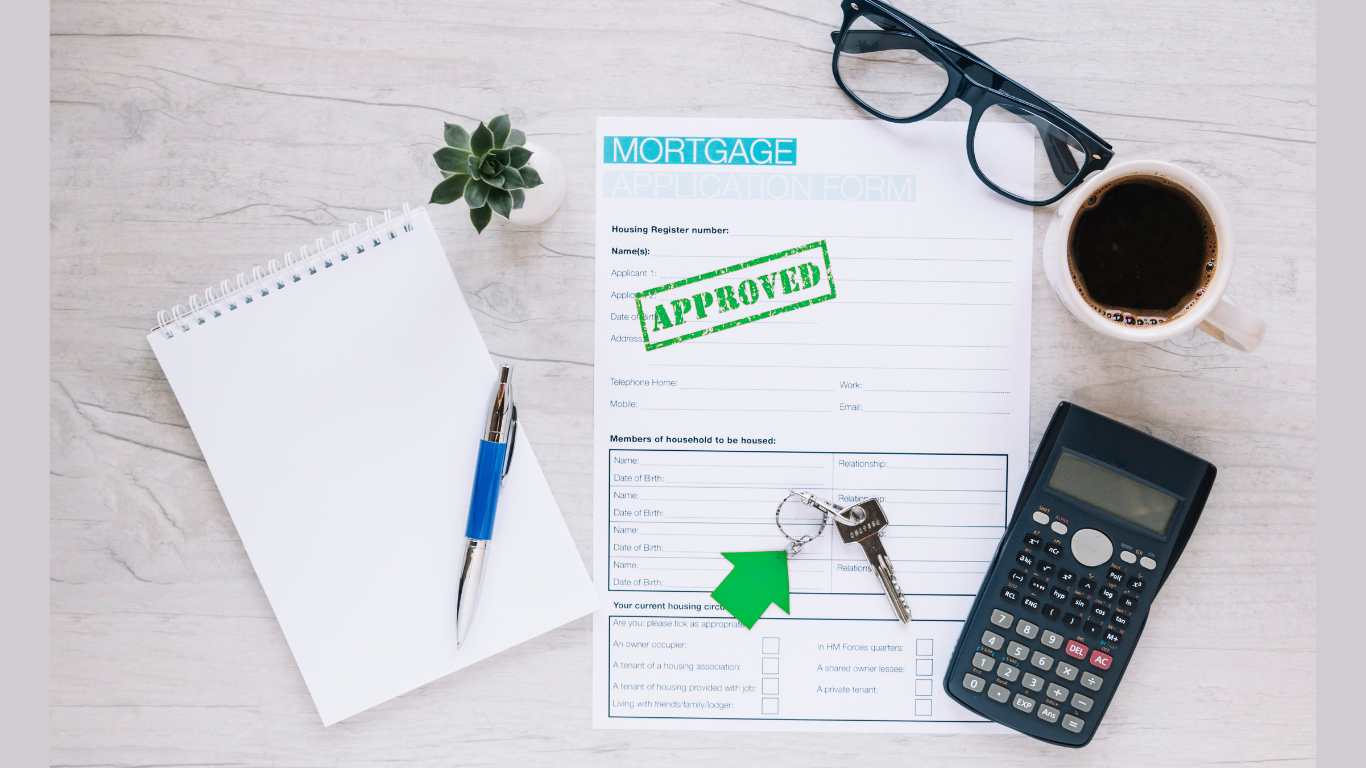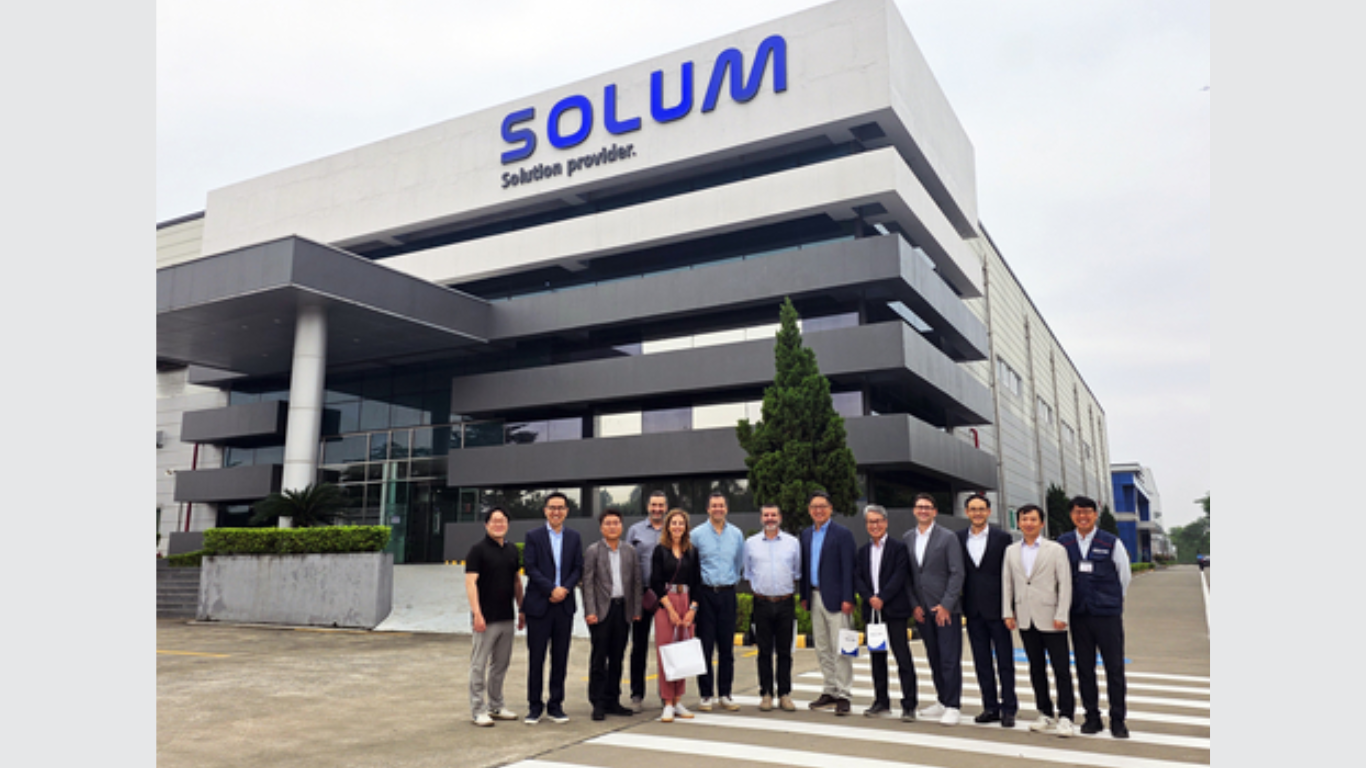Naturally, businesses aim for a financing route with the least unfavorable terms for the borrower. One such option that stands out as a popular choice is the SBA 504 Loan, designed with business growth in mind. Knowing what it offers may be essential for those planning to grow or modernize their research activities. The post highlights the key features of this loan to help entrepreneurs make informed decisions.
SBA 504 Loan Purpose
Focused on the purchase of fixed assets, companies may spend the SBA 504 Loan maximum on land, buildings, or equipment. It facilitates modernization and growth, thereby enabling enterprises to scale effectively. By improving measurable aspects, businesses can enhance their own operations and contribute to economic development.
Structure of the Loan
These SBA loans consist of three parties: the borrower, a private lender, and a Certified Development Company, or CDC. Typically, the private lender covers up to 50% of the project cost, the CDC covers 40%, and the borrower covers the remaining 10%. This combination entails a balanced financial solution that benefits both parties, thus keeping risk low for each.
Benefits for Borrowers
The SBA 504 Loan is an excellent option for borrowers for several reasons. As it comes with long-term, fixed-rate financing, it also helps with predictable budgeting. The presence of a minimal down payment requirement also maintains cash flow and helps organizations keep their resources (cash) for efficient distribution. With these features, the loan becomes an attractive option for those seeking stability and growth.
Eligibility Criteria
To be eligible for the SBA 504 Loan maximum, a business must be a qualified, for-profit entity. They must operate as profit-making corporations and maintain a minimum net asset threshold. Also, the average net income of a company must not exceed certain limits. These criteria ensure that the loan will help genuine small businesses.
Use of Loan Proceeds
Businesses can use proceeds of the loan for approved purposes, including buying land or buildings, constructing or expanding facilities, or purchasing equipment. They can not spend funds on working capital or inventory. This focus ensures that the loan helps make the business’s infrastructure, which leads to long-term success.
Repayment Terms
The SBA 504 Loan often has longer payback terms of 10, 20, or 25 years. This lengthy term takes the load off and lowers monthly payments, which really helps businesses financially. For an added layer of predictability and future-planning peace of mind, fixed interest rates mean entrepreneurs can budget with certainty and visibility.
The Function of a Certified Development Company
Certified Development Companies (CDCs) play a crucial role in the SBA 504 Loan process. They process the loan, ensure you follow the guidelines, and assist borrowers with their applications. They offer a wealth of knowledge that can help guide the process and ensure everything is correct.
Application Process
Applying for an SBA 504 Loan is a process that typically involves the following steps. Initially, business owners must collect the necessary financial documents and collaborate with a CDC to develop a comprehensive project proposal. CDC then sends the loan package to the SBA for its approval. It makes sure that they are not left unchecked and gives them the attention they deserve.
Impact on Economic Development
The SBA 504 Loan supports local economies and entrepreneurs to thrive. It provides a boost to the economy by offering opportunities for community development and facilitating business expansion. The loan thus serves as a means of securing direct benefits and as an instrument of promoting economic resilience through this chain reaction of positive knock-on effects.
Conclusion
The SBA 504 Loan offers a unique opportunity for small business owners seeking to expand their physical assets. Awareness of its structure, benefits, and the application process allows entrepreneurs to make adequate decisions. It helps grow individual businesses while also contributing to economic prosperity.
Article received via email






























